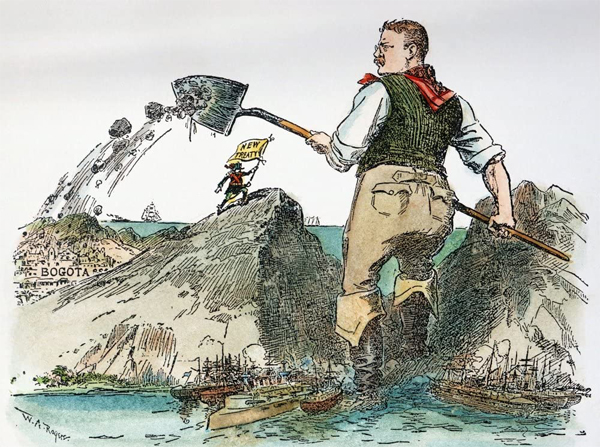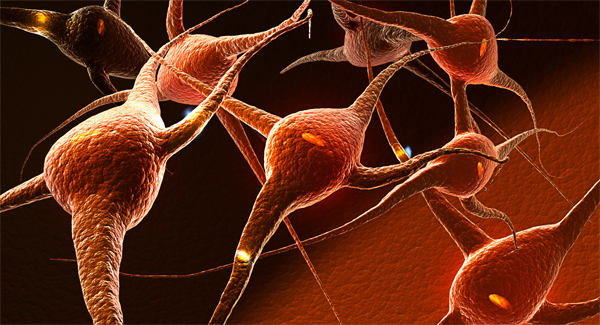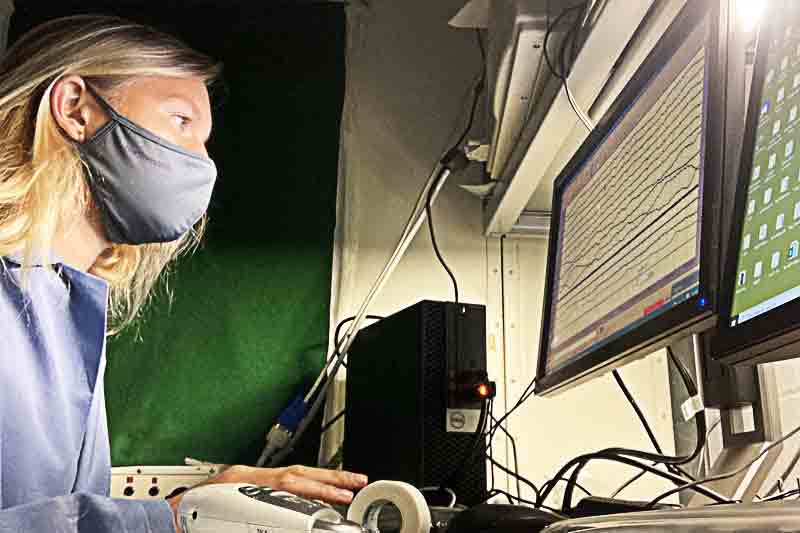
United States begins construction of the Panama Canal on May 04, 1904
United States begins construction of the Panama Canal: Following the failure of a French construction team in the 1880s, the United States commenced building a canal across a 50-mile stretch of the Panama isthmus in 1904.
The project was helped by the elimination of disease-carrying mosquitoes, while chief engineer John Stevens devised innovative techniques and spurred the crucial redesign from a sea-level to a lock canal. His successor, Lt. Col. George Washington Goethals, stepped up excavation efforts of a stubborn mountain range and oversaw the building of the dams and locks.
Linking the Atlantic and Pacific Oceans
The idea of creating a water passage across the isthmus of Panama to link the Atlantic and Pacific Oceans dates back to at least the 1500s, when King Charles I of Spain tapped his regional governor to survey a route along the Chagres River. The realization of such a route across the mountainous, jungle terrain was deemed impossible at the time, although the idea remained tantalizing as a potential shortcut from Europe to eastern Asia.
France was ultimately the first country to attempt the task. Led by Count Ferdinand de Lesseps, the builder of the Suez Canal in Egypt, the construction team broke ground on a planned sea-level canal in 1880. The French soon comprehended the monumental challenge ahead of them: Along with the incessant rains that caused heavy landslides, there was no effective means for combating the spread of yellow fever and malaria. De Lesseps belatedly realized that a sea-level canal was too difficult and reorganized efforts toward a lock canal, but funding was pulled from the project in 1888.
Teddy Roosevelt and the Panama Canal
Following the deliberations of the U.S. Isthmian Canal Commission and a push from President Theodore Roosevelt, the U.S. purchased the French assets in the canal zone for $40 million in 1902. When a proposed treaty over rights to build in what was then a Colombian territory was rejected, the U.S. threw its military weight behind a Panamanian independence movement, eventually negotiating a deal with the new government.
On November 6, 1903, the United States recognized the Republic of Panama, and on November 18 the Hay-Bunau-Varilla Treaty was signed with Panama, granting the U.S. exclusive and permanent possession of the Panama Canal Zone. In exchange, Panama received $10 million and an annuity of $250,000 beginning nine years later. The treaty, negotiated by U.S. Secretary of State John Hay and French engineer Philippe-Jean Bunau-Varilla, was condemned by many Panamanians as an infringement on their country’s new national sovereignty.
Seemingly not grasping the lessons from the French effort, the Americans devised plans for a sea-level canal along the roughly 50-mile stretch from Colón to Panama City. The project officially commenced with a dedication ceremony on May 4, 1904, but chief engineer John Wallace encountered immediate problems. Much of the French equipment was in need of repair, while the spread of yellow fever and malaria was frightening off the workforce. Under pressure to keep construction moving forward, Wallace instead resigned after a year.
A railroad specialist named John Stevens took over as chief engineer in July 1905 and immediately addressed the workforce issues by recruiting West Indian laborers. Stevens ordered new equipment and devised efficient methods to speed up work, such as the use of a swinging boom to lift chunks of railroad track and adjust the train route for carting away excavated material. He also quickly recognized the difficulties posed by landslides and convinced Roosevelt that a lock canal was best for the terrain.
The project was helped immensely by chief sanitary officer Dr. William Gorgas, who believed that mosquitoes carried the deadly diseases indigenous to the area. Gorgas embarked on a mission to wipe out the carriers, his team painstakingly fumigating homes and cleansing pools of water. The last reported case of yellow fever on the isthmus came in November 1905, while malaria cases dropped precipitously over the following decade.
Although construction was on track when President Roosevelt visited Panama in November 1906, the project suffered a setback when Stevens suddenly resigned a few months later. Incensed, Roosevelt named Army Corps engineer Lt. Col. George Washington Goethals the new chief engineer, granting him authority over virtually all administrative matters in the building zone. Goethals proved a no-nonsense commander by squashing a work strike after taking charge, but he also oversaw the addition of facilities to improve the quality of life for workers and their families.
Panama Canal Dangers
Goethals focused efforts on Culebra Cut, the clearing of the mountain range between Gamboa and Pedro Miguel. Excavation of the nearly 9-mile stretch became an around-the-clock operation, with up to 6,000 men contributing at any one time. Despite the attention paid to this phase of the project, Culebra Cut was a notorious danger zone, as casualties mounted from unpredictable landslides and dynamite explosions.
Construction of the locks began with the pouring of concrete at Gatún in August 1909. Built in pairs, with each chamber measuring 110 feet wide by 1,000 feet long, the locks were embedded with culverts that leveraged gravity to raise and lower water levels. Ultimately, the three locks along the canal route lifted ships 85 feet above sea level, to man-made Gatún Lake in the middle. Hollow, buoyant lock gates were also built, varying in height from 47 to 82 feet. The entire enterprise was powered by electricity and run through a control board.
Panama Canal Completed
The grand project began drawing to a close in 1913. Two steam shovels working from opposite directions met in the center of Culebra Cut in May, and a few weeks later, the last spillway at Gatún Dam was closed to allow the lake to swell to its full height. In October, President Woodrow Wilson operated a telegraph at the White House that triggered the explosion of Gamboa dike, flooding the final stretch of dry passageway at Culebra Cut.
The Panama Canal officially opened on August 15, 1914, although the planned grand ceremony was downgraded due to the outbreak of WWI. Completed at a cost of more than $350 million, it was the most expensive construction project in U.S. history to that point. Altogether, some 3.4 million cubic meters of concrete went into building the locks, and nearly 240 million cubic yards of rock and dirt were excavated during the American construction phase. Many people died building the Panama Canal: Of the 56,000 workers employed between 1904 and 1913, roughly 5,600 were reportedly killed.
History Channel / Wikipedia / Encyclopedia Britannica /
Library Of Congress / Office Of The Historian.gov / National Archives.gov /
United States begins construction of the Panama Canal on May 04, 1904 (YouTube) 

This Day in History May 04
• 1471 Wars of the Roses: Battle of Tewkesbury Edward IV defeats a Lancastrian Army and kills Edward of Westminster, Prince of Wales.
• 1493 Pope Alexander VI divides the New World between Spain and Portugal along the Line of Demarcation.
• 1626 Dutch explorer Peter Minuit arrives in New Netherland (present day Manhattan Island aboard the See Meeuw.
• 1776 Rhode Island becomes the first American colony to renounce allegiance to King George III.
• 1814 Emperor Napoleon arrives at Portoferraio on the island of Elba to begin his exile.
• 1886 Haymarket affair: A bomb is thrown at policemen trying to break up a labor rally in Chicago, United States, killing eight and wounding 60. The police fire into the crowd.
• 1932 In Atlanta, mobster Al Capone begins serving an eleven-year prison sentence for tax evasion.
• 1942 World War II: Battle of the Coral Sea: Attack by aircraft from the United States aircraft carrier USS Yorktown on Japanese naval forces at Tulagi Island in the Solomon Islands. The Japanese forces invade Tulagi the day before.
• 1945 World War II: Neuengamme concentration camp near Hamburg is liberated by the British Army.
• 1945 World War II: German surrender at Lüneburg Heath is signed, coming into effect the following day. It encompasses all Wehrmacht units in the Netherlands, Denmark and northwest Germany.
• 1946 Battle of Alcatraz: In San Francisco Bay, U.S. Marines from the nearby Treasure Island Naval Base stop a two-day riot at Alcatraz Federal Penitentiary. Five people are killed in the riot.
• 1953 Ernest Hemingway wins the Pulitzer Prize for The Old Man and the Sea.
• 1970 Vietnam War: Kent State shootings: The Ohio National Guard, sent to Kent State University after disturbances in the city of Kent the weekend before, opens fire killing four unarmed students and wounding nine others.
• 1973 108-story Sears Tower n Chicago is topped out at 1,451 feet as the world's tallest building.


































